Summary
- The capstone ability for clerics at level 20 allows them to cast Wish, which is the most powerful capstone feature.
- Rangers have a weaker capstone ability compared to other classes, as their Hunter’s Mark damage increase is lackluster.
- Sorcerers can use Metamagic for free for ten combat rounds at level 20, making it a game-changer in terms of combat effectiveness.
No matter what class you select in Dungeons & Dragons, by the time you reach level 20, you’ll get what’s called a capstone ability, or a level 20 ability. This ability is the most powerful feature you’ll get for your class throughout your campaign. Some of these can be absolutely game-changing, and can send even the toughest monsters running for cover.

Related
Dungeons & Dragons: Best Classes For Expert Players, Ranked
Are you a seasoned DND player who thinks they’ve tried everything? Take a look at these classes in Dungeons & Dragons for your next character.
But, if you’re about to pick a class for a long-running D&D campaign, you might be wondering which level 20 abilities are the best. For this list, we’ve ranked every single capstone ability available in the 2024 Player’s Handbook so that you can choose which class is best for you.
12
Foe Slayer
|
Class |
Key Feature |
|---|---|
|
Ranger |
The damage of your Hunter’s Mark is a d10 rather than a d6. |
As per usual in Dungeons & Dragons, the ranger gets the short end of the stick when it comes to level 20 abilities. Of course, your Hunter’s Mark ability is a great feature of rangers that allows you to do extra damage against your foes. However, when it comes to flare, skill ceiling, and more, this capstone ability pales in comparison to others.
Ultimately, a ranger’s job is putting out high damage numbers for their team, which checks that box. But, for a class that so often gets left behind, this feature leaves something to be desired. Hopefully, this will change the next time ranger is revamped as a class.
11
Primal Champion
|
Class |
Key Feature |
|---|---|
|
Barbarian |
Strength and Constitution scores increase by four, to a max of 25. |
The capstone ability for barbarians is nothing to sneeze at, particularly if you’ve already maxed out your Strength and Constitution scores through other means. Because these stats will affect everything in your kit from damage output, saving throws, attack rolls, and overall health pool, boosting these up beyond 20 will undoubtedly prove to be a great boon for your barbarian build.
However, ultimately, once you’ve made these adjustments to your character sheet, it’s easy to be left feeling a little hollow from this capstone feature. This also reveals a deeper truth about barbarians as a class, namely, that unless you want to play a primarily melee combatant who hacks and slashes their way through everything, there’s not much more to maxing out this class.
10
Body And Mind
|
Class |
Key Feature |
|---|---|
|
Monk |
Dexterity and Wisdom scores increase by four, to a max of 25. |
Body And Mind is the monk equivalent of the same barbarian capstone ability. Your primary stats, namely your Dex and Wis, are pushed beyond their normal limit to a maximum of 25. This is, of course, fantastic for all of your attacks, your monk abilities that require wisdom, armor class, and more. And yet, for such a high-skill ceiling class like monk, this can feel a little underwhelming.
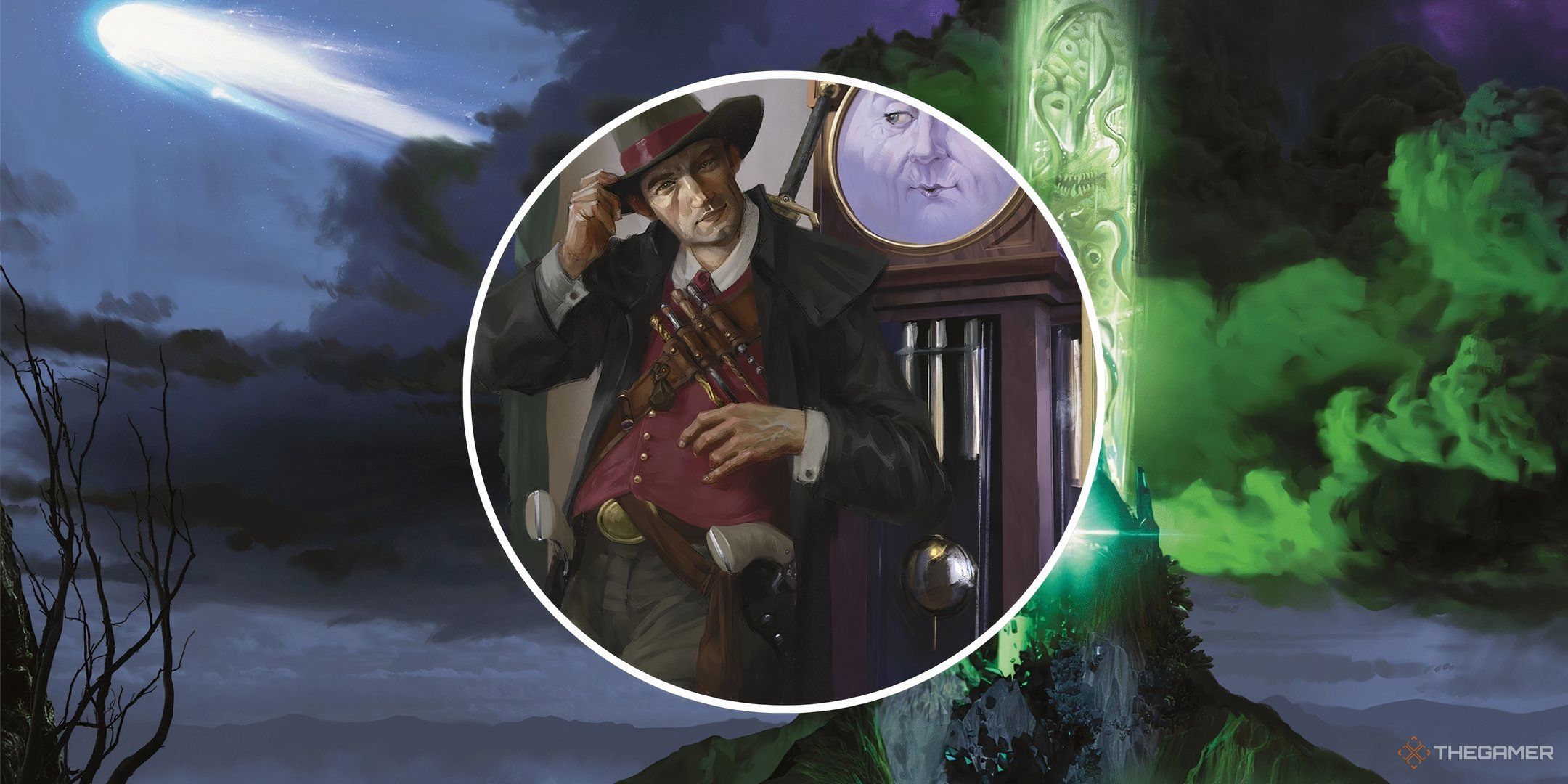
Related
Dungeons & Dragons: Best Monsters For A Mystery Campaign
Running a classic whodunnit campaign in Dungeons & Dragons? Use these monsters to add an air of intrigue to your mystery adventure.
Monks are so much fun to play because you can get so creative with all of their abilities, both in the main class progression and their subclass progression. For this to be the capstone ability, which is ultimately nothing more than a simple stat boost, can feel a little disappointing.
|
Class |
Key Feature |
|---|---|
|
Fighter |
You can attack four times instead of once whenever you take the attack action. |
For fighters, your main action during combat is always going to be attacking. Of course, as you progress and level up your fighter, you gain access to multiattack, gaining one extra attack at level five and then two extra attacks at level 11. This paves the way for a third extra attack at level 20.
While this is, once again, a great capstone, like the other lower-tier abilities on this list, this feature just feels a little underwhelming in a way. However, if you combine this ability with Action Surge, you might find yourself attacking eight times in one turn, which is pretty fantastic.
8
Signature Spells
|
Class |
Key Feature |
|---|---|
|
Wizard |
Always have certain spells prepared. |
For wizards, having a varied spell list with lots of different options prepared is their bread and butter. So, at level 20, it makes sense that their capstone ability would allow them to choose two level three spells and always have them prepared. You can also take these signature spells and cast them without having to expend a spell slot.
This is really helpful if you want to make sure you always have certain utility spells prepared, but don’t want to waste slots on them in the heat of combat. Or, if you want to just play a high-damage-output wizard, there’s no harm in always having a Fireball prepared.
7
Archdruid
|
Class |
Key Feature |
|---|---|
|
Druid |
Extra wild shapes, extra spell slots, and longevity. |
At level 20, druids gain access to an entire suite of new abilities that can prove supremely helpful during high-level combat encounters. First, they can gain an extra use of Wild Shape when they roll initiative, as long as they have no uses of it remaining. Second, they can also convert uses of Wild Shape into spell slots without having to take an action.
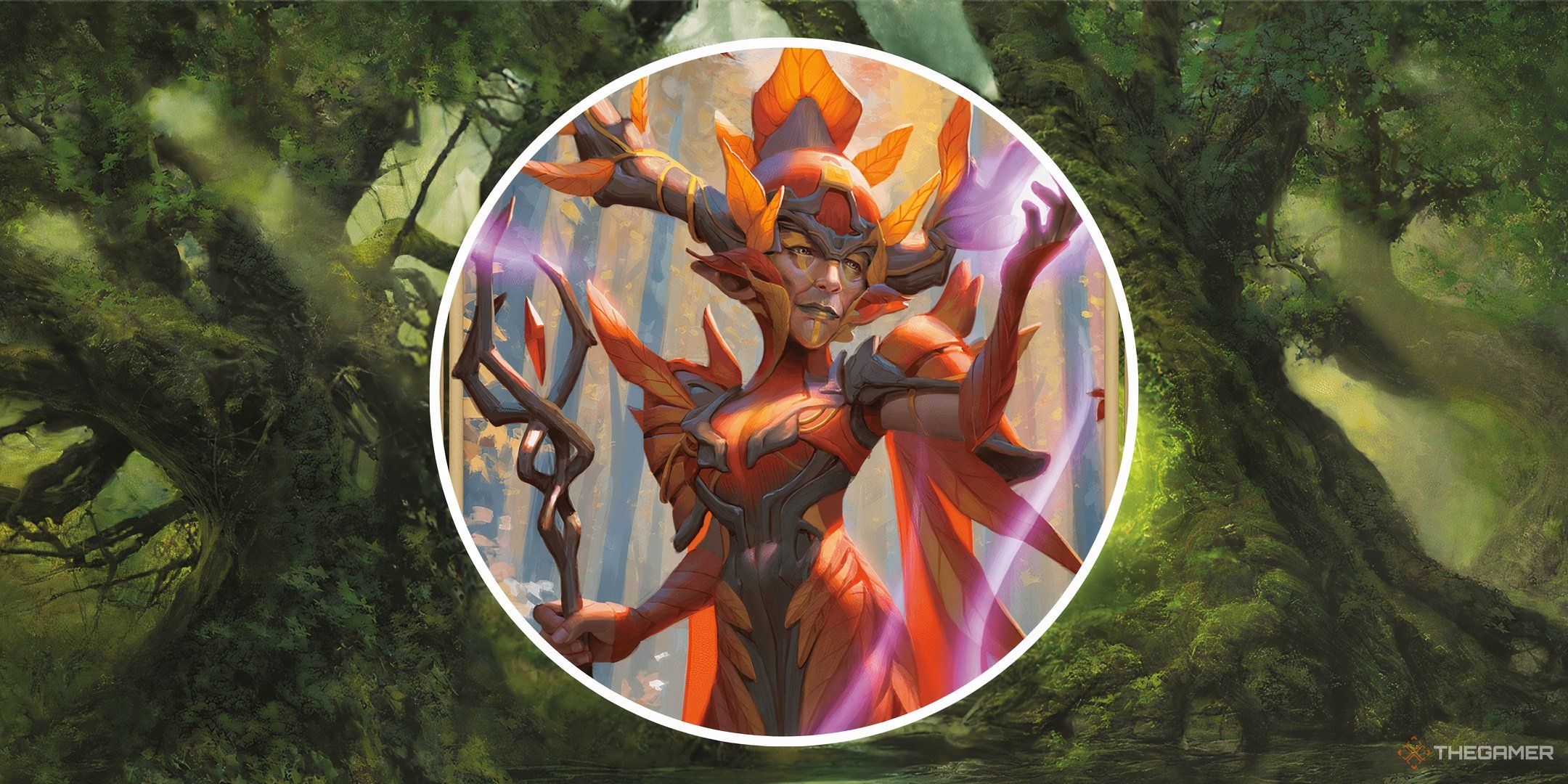
Related
Dungeons & Dragons: 23 Best Feats For A Druid
D&D players can select specific feats for their characters, and here are the best ones to pair with the Druid class.
Finally, they gain Longevity, which is a feature that allows your character to age more slowly. For every ten years that pass, your body ages only one year. This offers some fun flare and roleplay opportunities for a druid in the party who will likely outlive their entire group.
6
Subclass Features
|
Class |
Key Feature |
|---|---|
|
Paladin |
Improvements to auras and other boons to stats. |
Paladins are the only class in the 2024 Player’s Handbook that gain their capstone ability through their subclass feature. While each one of these is technically different, they all offer buffs to either the paladin’s holy aura, or their primary stat of choice. For example, devotion paladins gain extra radiant damage for their holy aura, while oath of vengeance paladins can impose the frightened condition thanks to their aura.
Overall, all of these subclass features are squarely in the middle of the pack, and more depend on your playstyle. An improvement to your holy aura is helpful, and some additional oaths allow abilities like flight or higher charisma rolls, but ultimately, these aren’t game-breaking abilities by any stretch of the imagination.
5
Stroke of Luck
|
Class |
Key Feature |
|---|---|
|
Rogue |
Reroll d20 tests. |
This capstone ability is relatively straightforward, but ultimately highly helpful in a pinch. Once you reach level 20 as a rogue, you can reroll a d20 test you fail and turn the roll into a 20. This is immensely helpful for two reasons.
One, of course, it’s great to get a natural 20 on a roll. More importantly though, you get to make this decision after you fail the roll, meaning you get to hear the result of your initial roll first. Plus, it resets on a short rest, which is great.
4
Eldritch Master
|
Class |
Key Feature |
|---|---|
|
Warlock |
When you use Magical Cunning, you regain all Pact Magic slots. |
This ability is incredibly simple, but also an incredibly broken feature for warlocks at level 20. Anytime you use your Magical Cunning (which you get at level two), you can regain all of your Pact Magic spell slots. If you play your cards right, this means you will rarely run out of slots, since you can still regain slots as well on short rests.

Related
The 24 Best Dungeons & Dragons Adventures In D&D History, Ranked
Though creating a solid homebrew character and finishing a campaign are both truly satisfying, the best thing about playing D&D is the adventure.
This means, in theory, you can go into a climactic battle with a foe, burn all five of your slots, and then instantly regain them all without having to worry about solely relying on cantrips. Burning ten fifth-level spells all back to back is no joke either for a DM, even in a difficult encounter.
3
Arcane Apotheosis
|
Class |
Key Feature |
|---|---|
|
Sorcerer |
Use Metamagic without expending sorcery points. |
For level 20 sorcerers, wherever you use your Innate Sorcery feature (which you get at level one), you can subsequently use one Metamagic option on each of your turns without spending sorcery points on it. This ability is highly broken, as Innate Sorcery lasts for one minute.
This means that, in ten rounds of combat, you can essentially use at least one of your Metamagic features for free every single round, potentially buying back spell slots or increasing damage for every hit. This one is a DM’s nightmare quite frankly, and can turn combat encounters on their head quickly.
2
Words Of Creation
|
Class |
Key Feature |
|---|---|
|
Bard |
Access to Power Word Heal and Power Word Kill. |
Though this ability is relatively streamlined, it has the power to turn the tide of battle for the better in the course of a single turn. With this capstone feature, you gain access to Power Word Heal and Power Word Kill, and always have them prepared. You still have to use a slot to cast them.
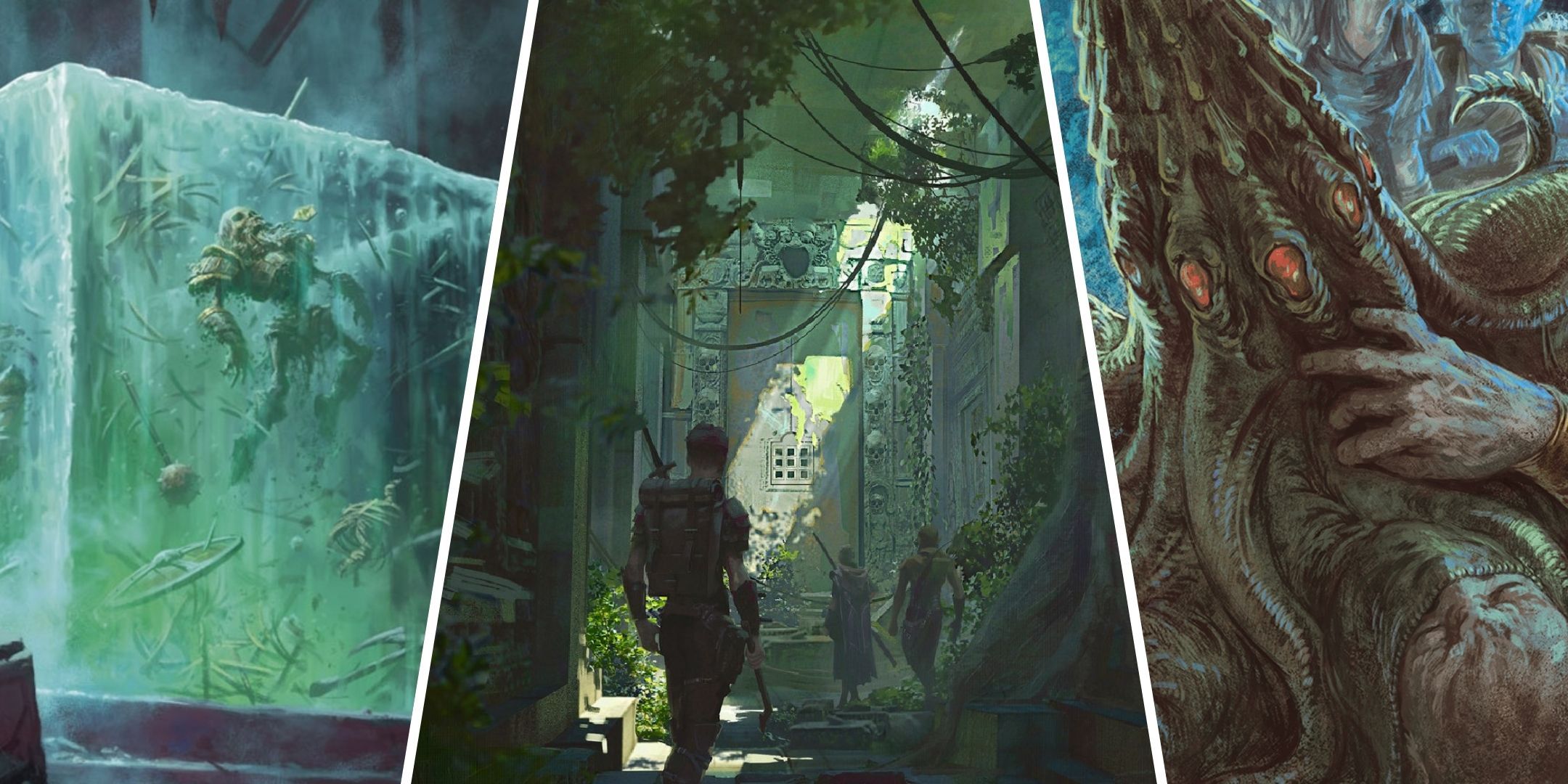
Related
28 Devious Traps In Dungeons & Dragons For A DM To Use
The DM has many options when it comes to obstructing the party, but what beats a classic trap? These are the most devious ones to use in D&D.
However, you can also target a second creature with the same spell as long as they’re within ten feet of the original target. This means, in a single round of combat, you can either restore two allies to full health, or potentially take two enemies off the board entirely, if you play your cards right. Even if you can’t kill a creature outright with Power Word Kill, you can still inflict 12d12 psychic damage on it, which is still highly effective.
1
Greater Divine Intervention
|
Class |
Key Feature |
|---|---|
|
Cleric |
Can cast Wish. |
Divine Intervention is already a great ability that clerics have access to from level ten onwards. However, at level 20, this ability becomes basically broken. In essence, whenever you use your Divine Intervention feature, you can choose to cast Wish when you select a spell. This prevents you from using this effect again for 2d4 long rests.
But, Wish is such a powerful spell, that that punishment will prove worth it in the end. Ultimately, having access to Wish can completely uproot the DM’s plans, and even save an encounter from going entirely sideways. This makes this ability the most powerful capstone feature out there.
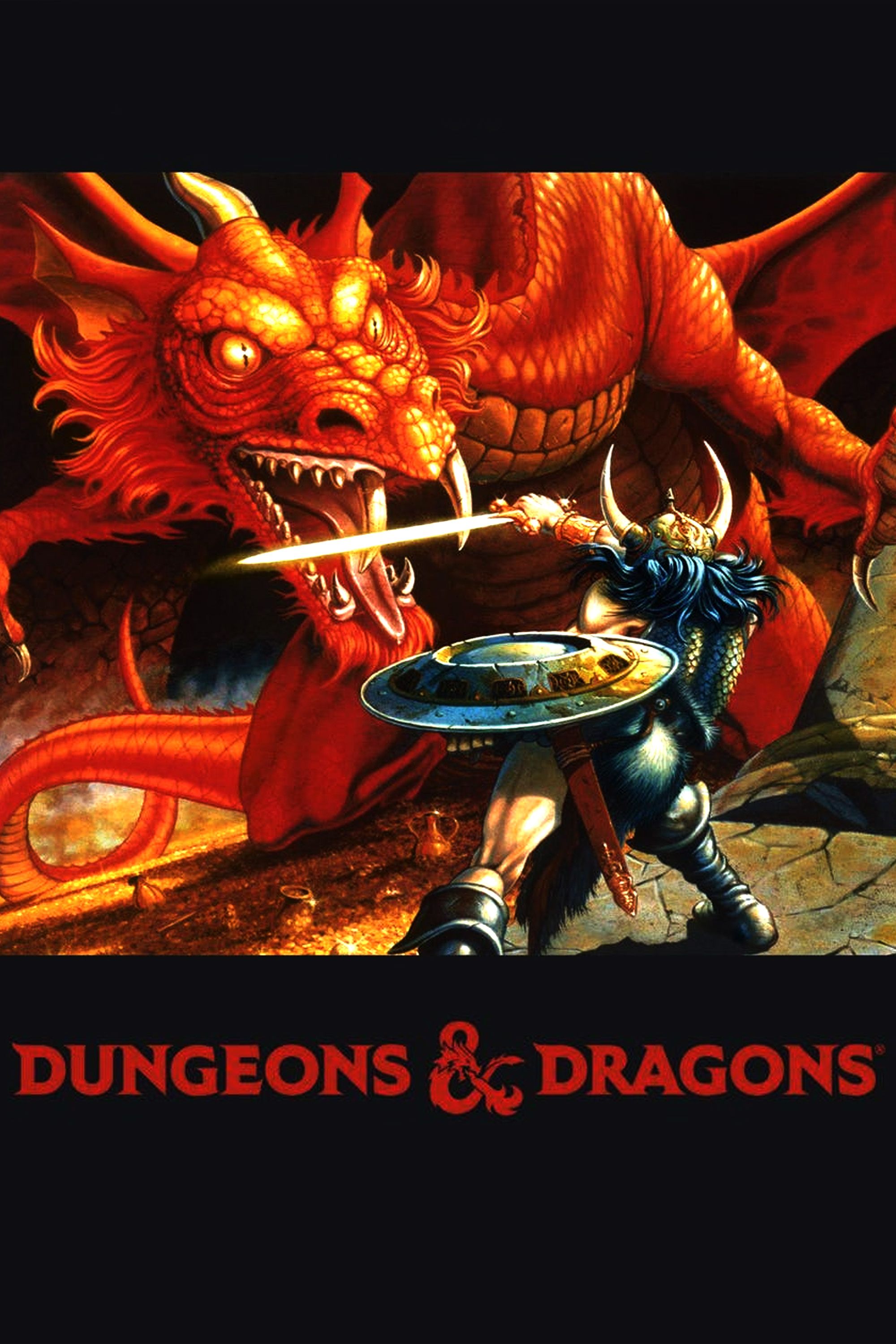
- Original Release Date
-
1974
- Designer
-
E. Gary Gygax, Dave Arneson
- Player Count
-
2+

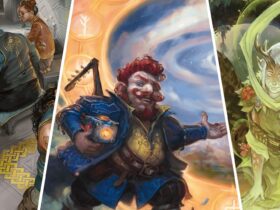

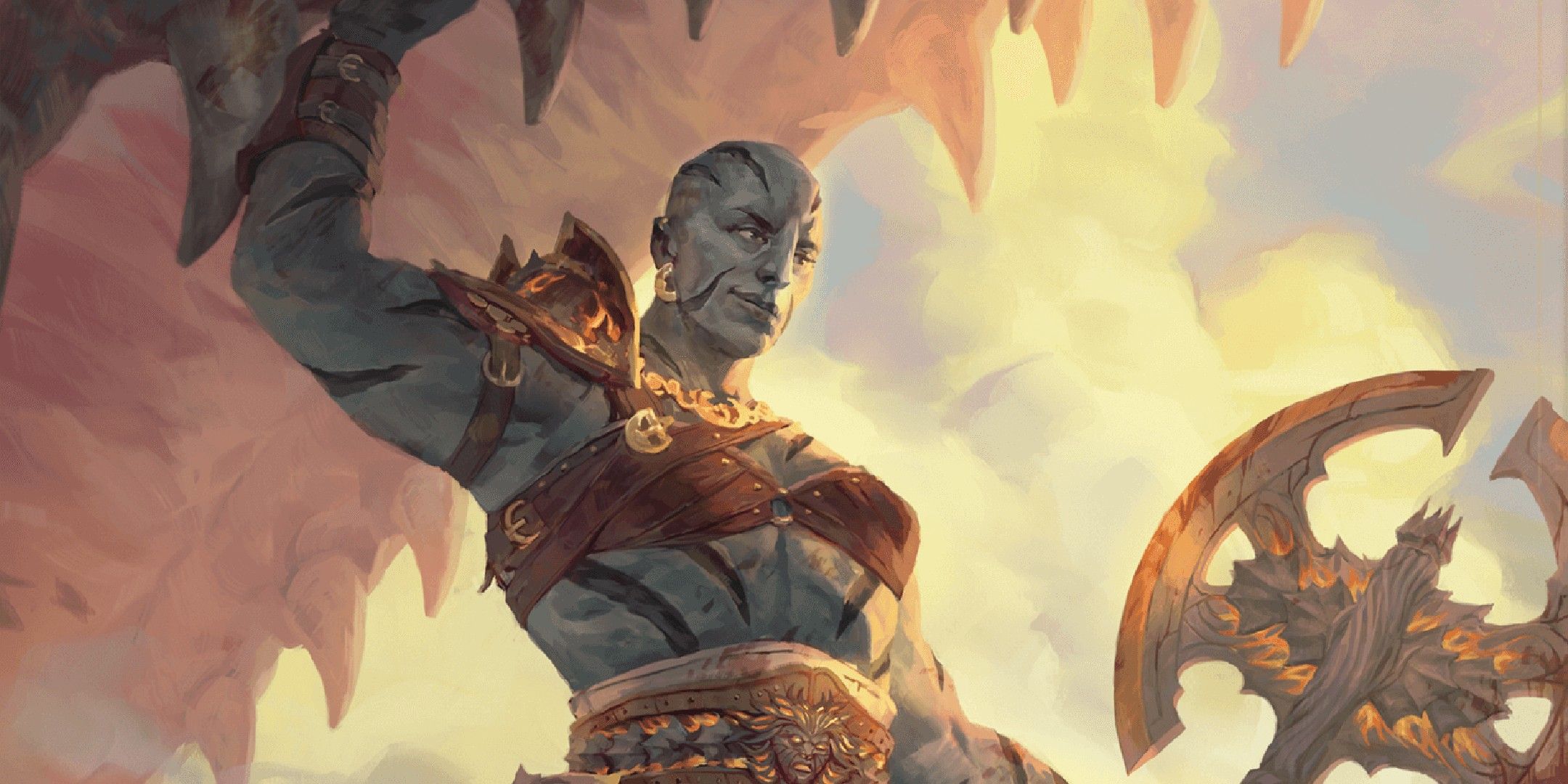
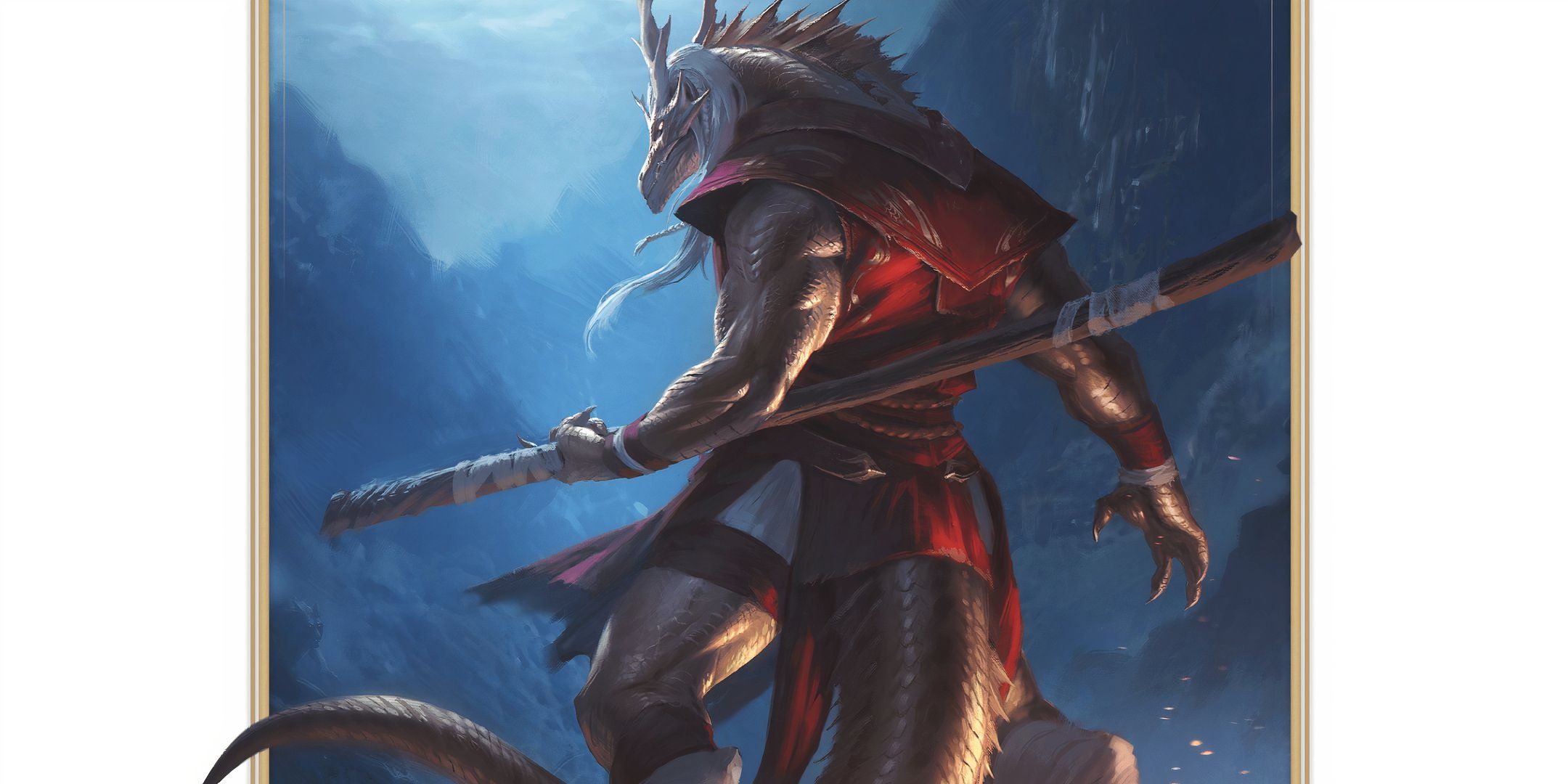
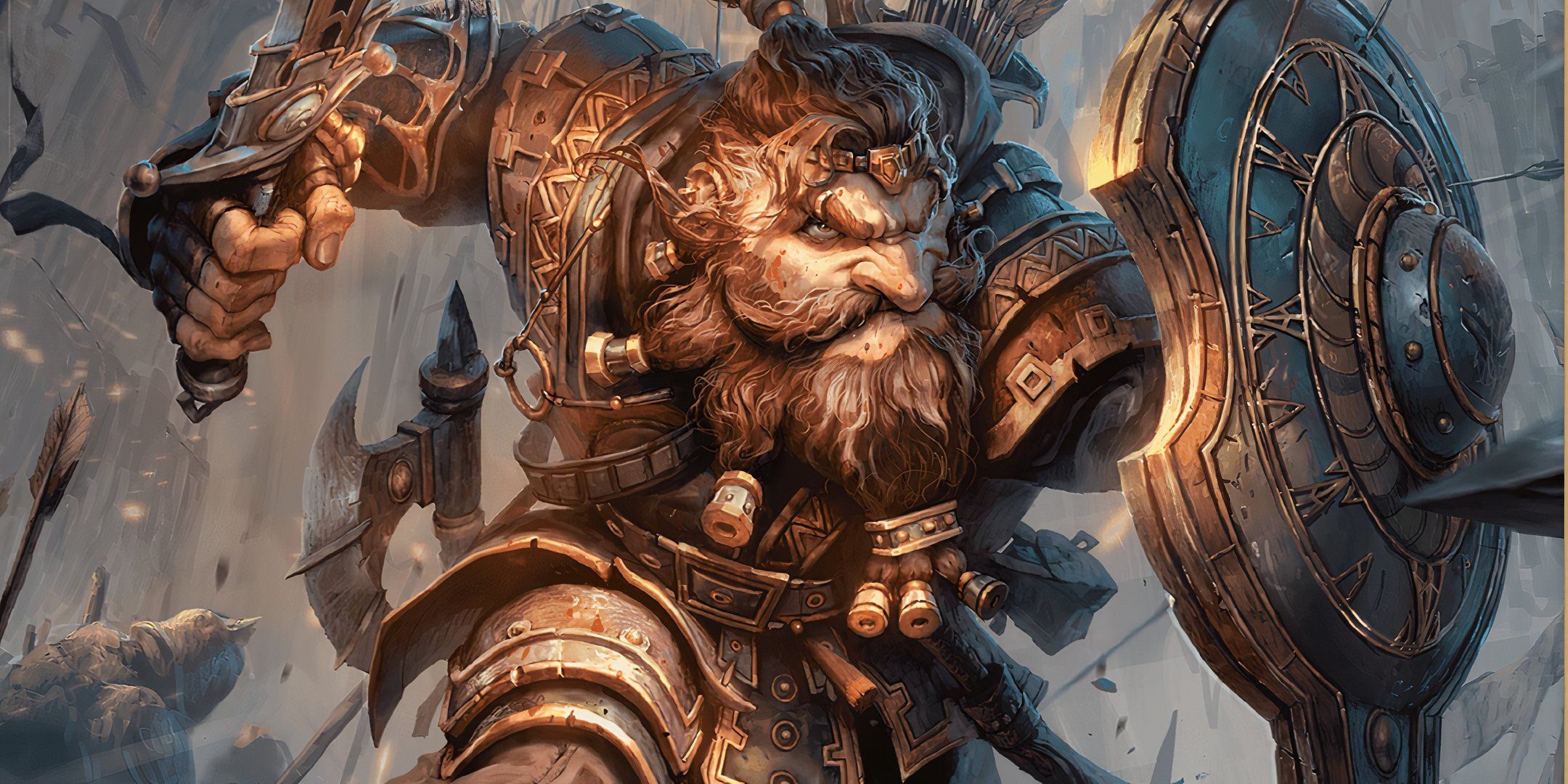


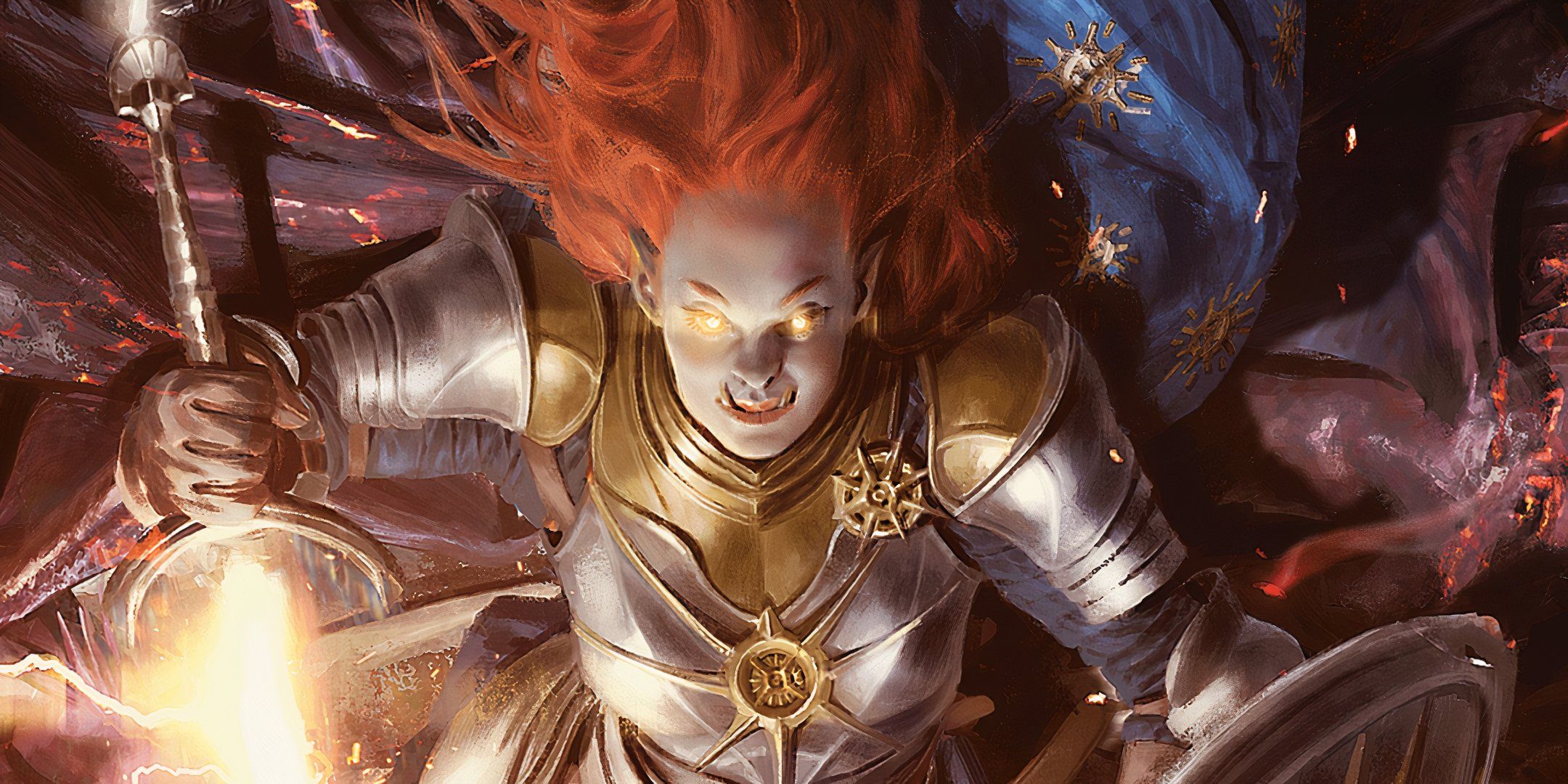
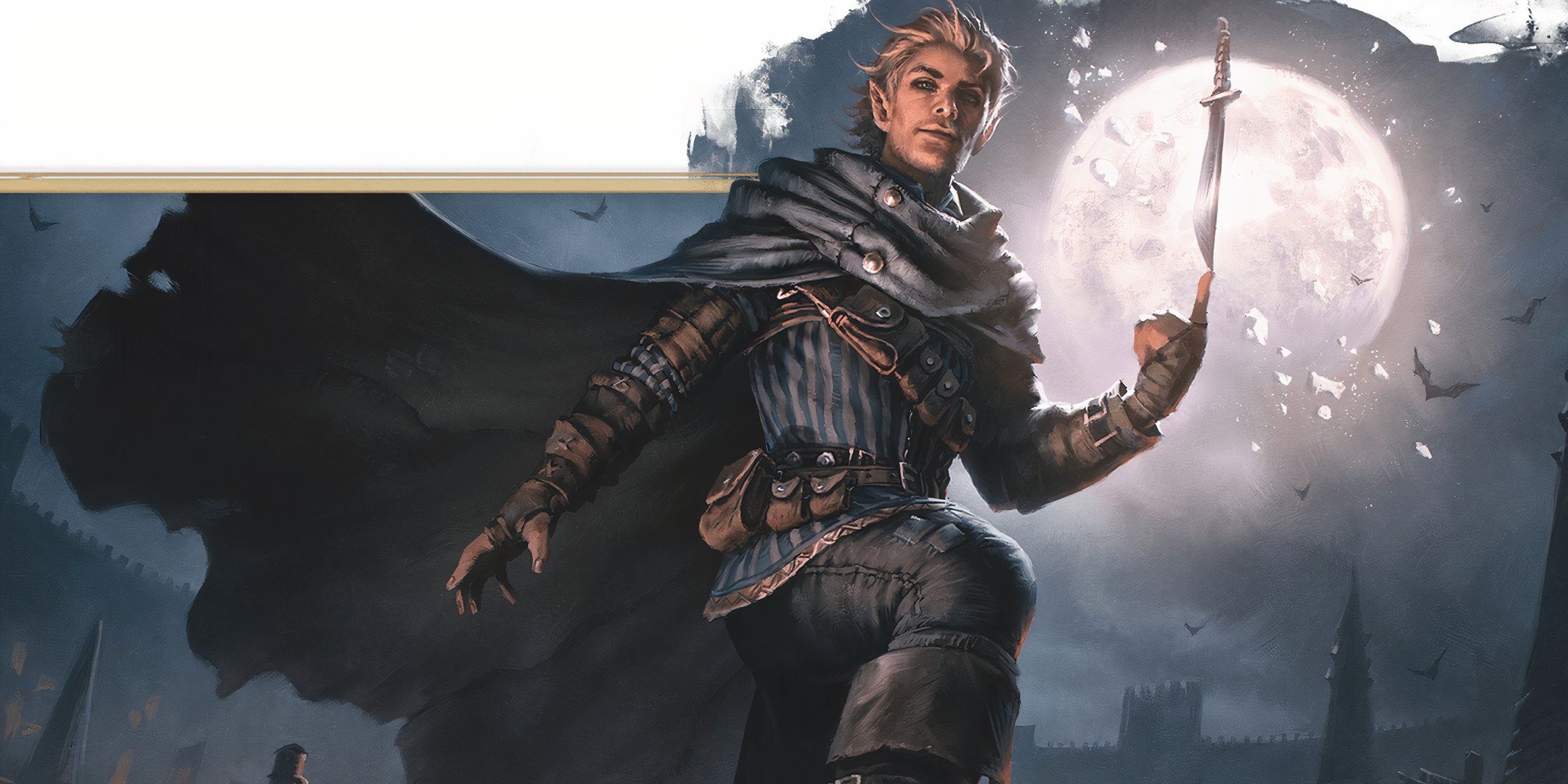
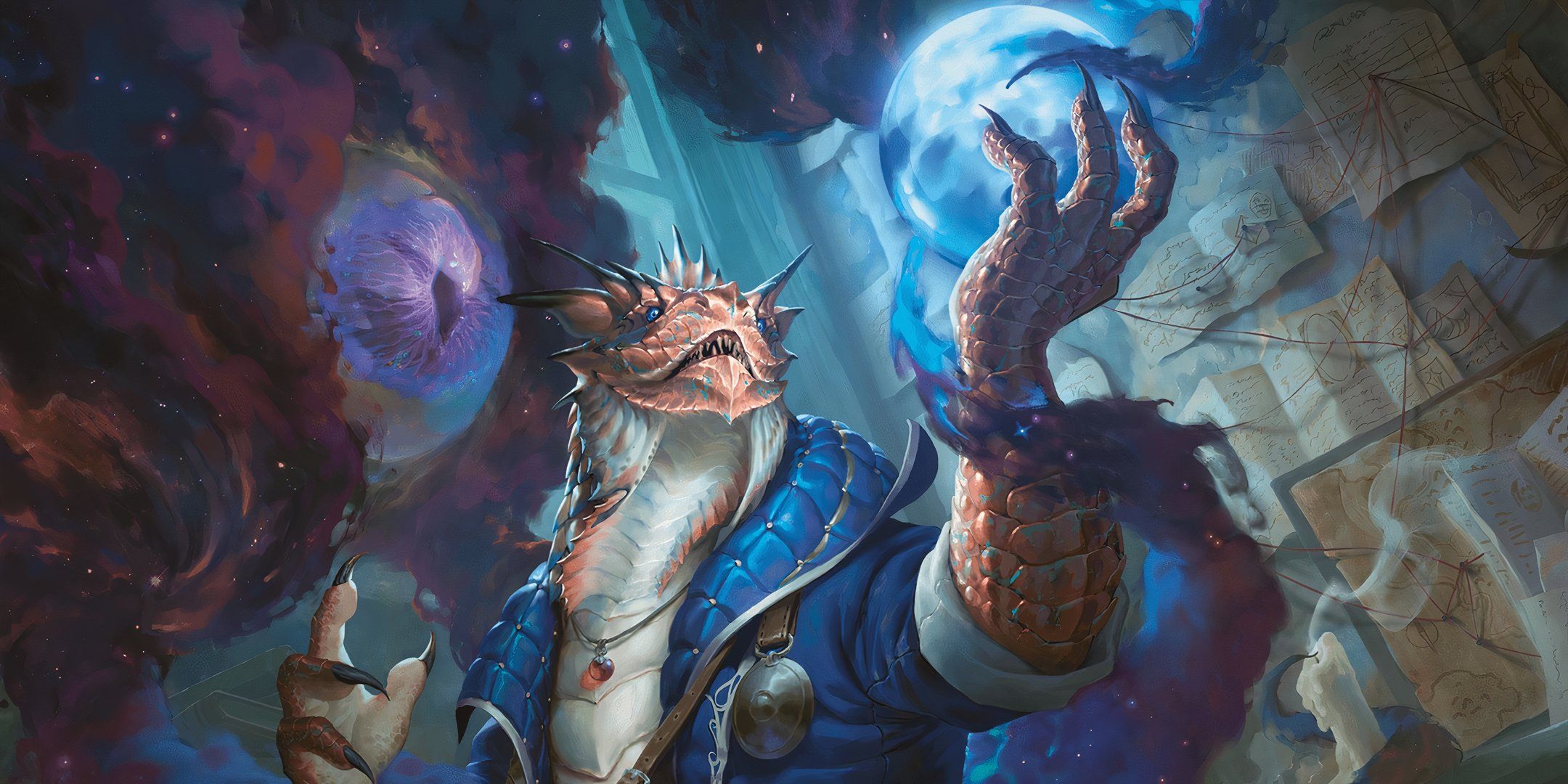

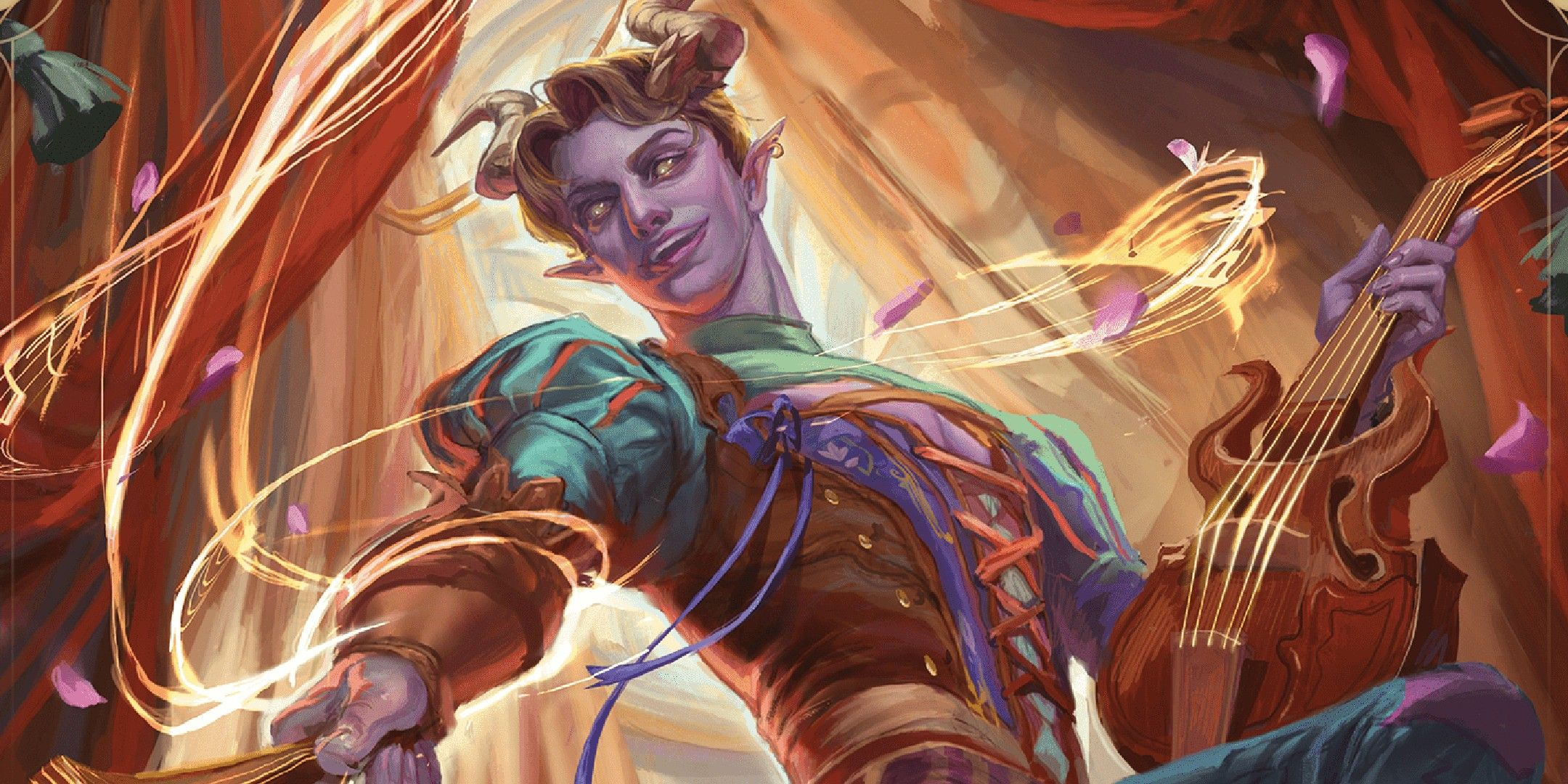
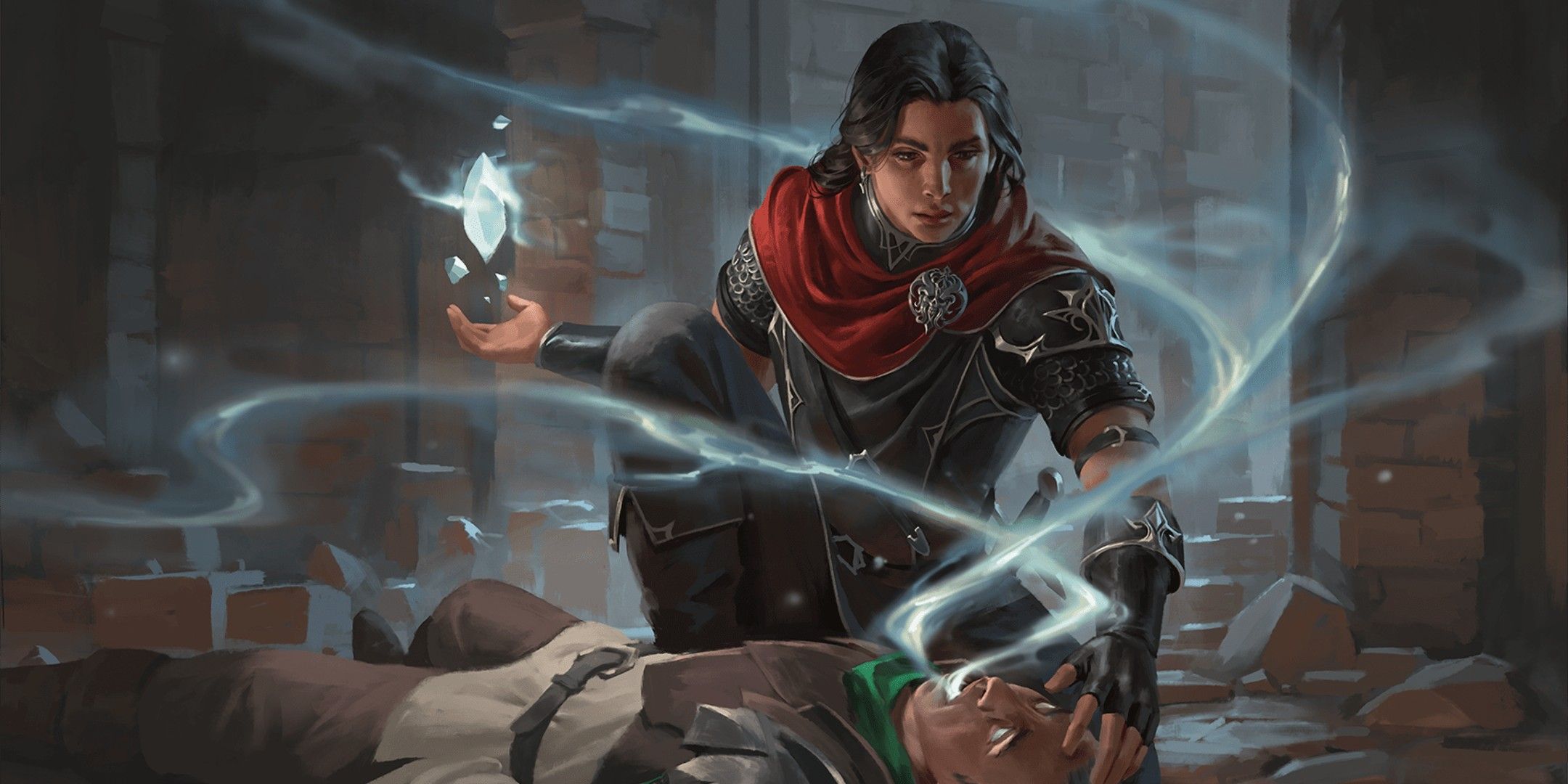


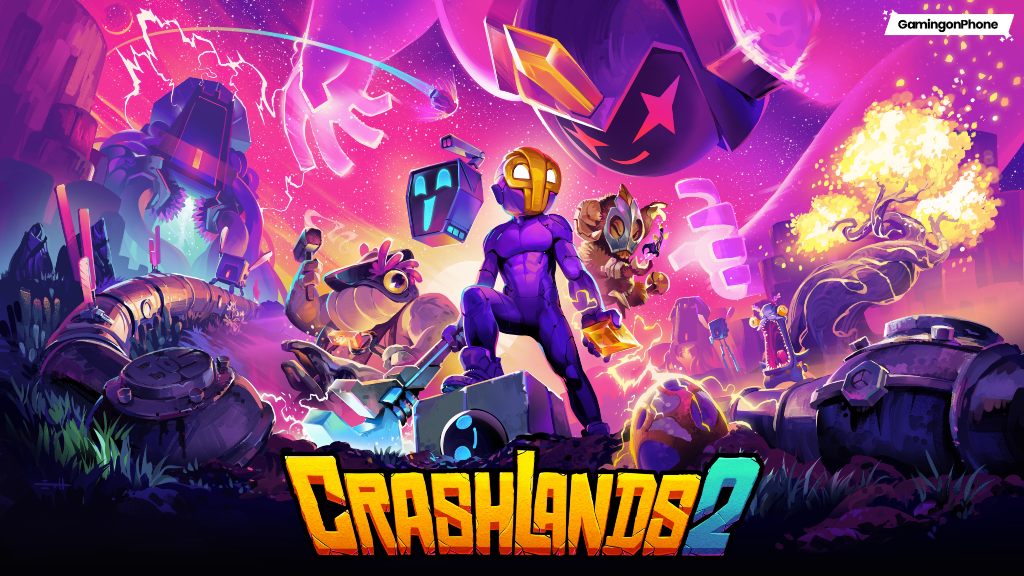
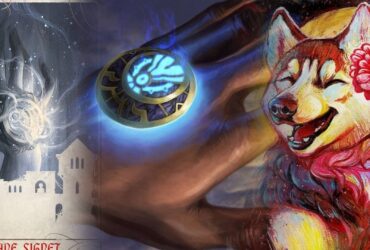
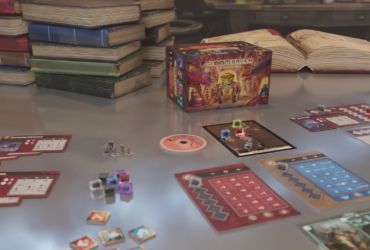
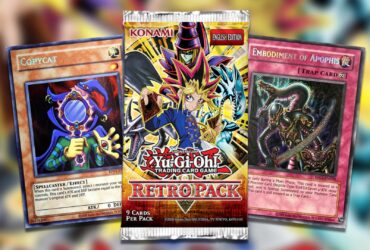



Leave a Reply